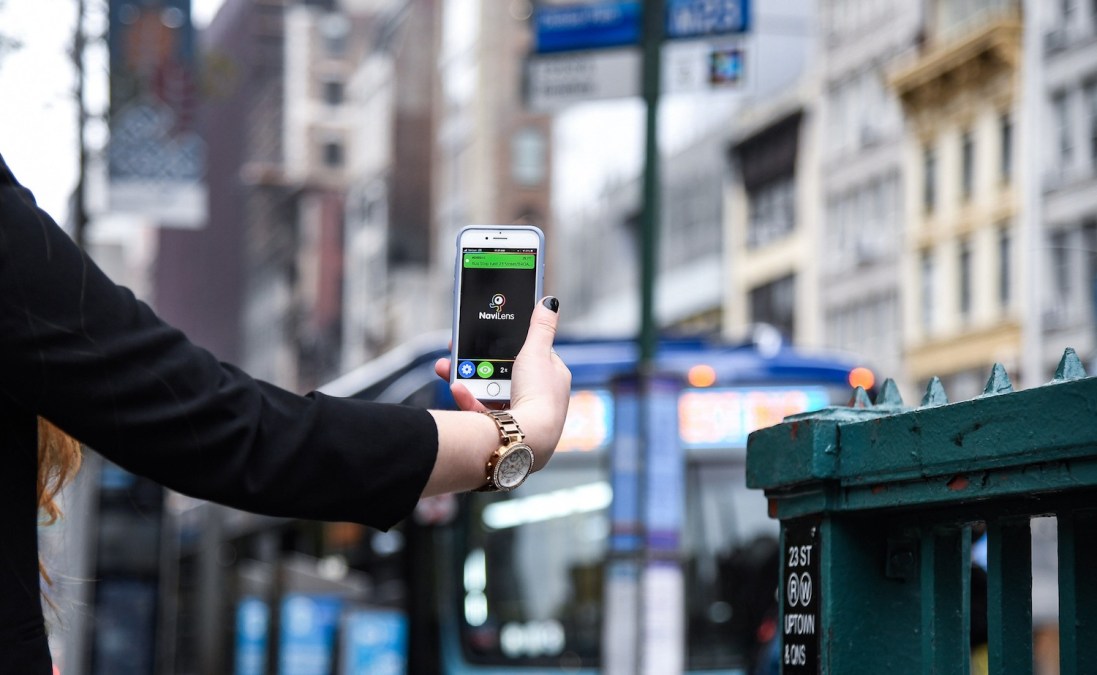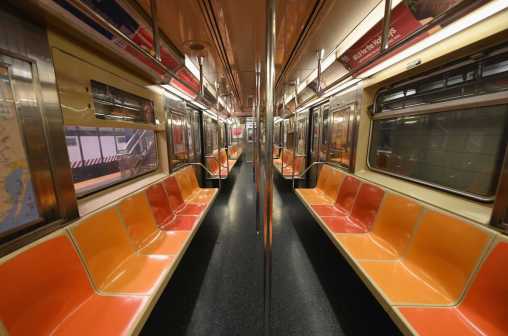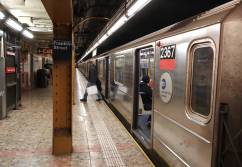New York transit authority pilots app for vision-impaired bus riders

New York’s Metropolitan Transportation Authority announced this week it’s piloting a new mobile app to increase accessibility for visually impaired riders on its buses. But the project also arrives amid complaints that a new contactless ticketing system will not be available to riders with disabilities until next year.
The MTA, along with the nonprofit Transit Innovation Partnership, announced this week that riders can use the “Navilens” mobile app to scan QR codes on signs placed on bus poles around the M23-SBS bus route, which carried 14,500 daily riders across Manhattan before the pandemic.
When a sign’s QR code is scanned, audible instructions and cues, like “25 feet away, straight,” or “right,” are played to ensure riders can make it the last few yards to bus stops, a challenge GPS has been unable to solve. MTA officials said users need only to capture QR codes in the frame of their cameras and do not need to worry about the image focusing.
“Accessibility is a key priority for the bus system and MTA family. And this app pilot is another way to help bus riders who rely on audio cues and signals to guide them,” MTA Bus president Craig Cipriano said in a press release.
Navilens, a Spanish company, is part of a cohort of nine startups selected by the Transit Tech Lab this year to develop accessibility solutions. The QR codes deployed by the New York City Department of Transportation can be scanned from up to 40 feet away, depending on the size of the code, the company said, and are already used by transit systems in Madrid and Barcelona.
MTA said it will pilot the app for one year, when focus groups with members from the New York City Transit Authority and the Transit Innovation Partnership will test the technology and regularly update the app.
Despite this work, however, some accessibility advocates recently expressed frustration that new contactless payment scanners — branded One Metro New York — that the MTA installed on gates at hundreds of subway stations are not yet available on the gates designed for people with wheelchairs or service animals.
“I couldn’t use OMNY in the subway even if I wanted to,” Dustin Jones, a wheelchair user from The Bronx and founder of United for Equal Access, a transportation advocacy group, told The City. “They didn’t put those readers near the autogate and I feel 100% left behind.”
The MTA will install, but not activate, the OMNY readers on wheelchair-accessible gates in December and develop by next summer a “reduced fare” OMNY card for riders with disabilities. That card will be able to be refilled with cash, a feature not yet available with current OMNY cards, or linked to a credit card or bank account. The OMNY readers on wheelchair-accessible gates, along with reduced-fare cards, will be piloted next summer and be made fully available on a rolling basis by next fall, an MTA spokesperson said.
The OMNY project has stayed on schedule despite the pandemic, agency spokesperson Kayla Shults told StateScoop, and was designed in collaboration with local accessibility advocates. Gian Pedulla, a member of the NYCT Advisory Committee on Transit Accessibility, said the MTA is trying its best to design an accessible transit system on infrastructure that was largely built nearly a century ago.
“You have certain individuals that maybe have been travel-trained, and it’s going to take them maybe a bit more time to learn a new system,” Pedulla told StateScoop in a phone interview. “You have to allow for that, for travel trainers, mobility providers. You have to allow for some extra time to learn a new system.”




